Introduction to prewriting lines
Prewriting lines are the building blocks of writing letters. Each of these prewriting lines make up letters of the alphabet. For example, a capital A is made up of two diagonal lines and a line across. A capital B is made up of a line down, and two big curves (like a circle). When you are working on prewriting lines, you are working on the building blocks of letters and directionality for making letters (ie: line down, line across). Children will be working on starting from the top and going left to right. This supports early literacy and builds strong habits for beginning writers. When you are working on prewriting lines, children are also working on holding a crayon/marker, working on grading their movement (writing softy or hard), controlling their movements and more!
What are the prewriting lines?
Prewriting lines go in a developmental order. All children will not develop these lines in the timeframe and may not develop the lines/shapes in sequence. If you have questions, please talk to your occupational therapist or pediatrician.
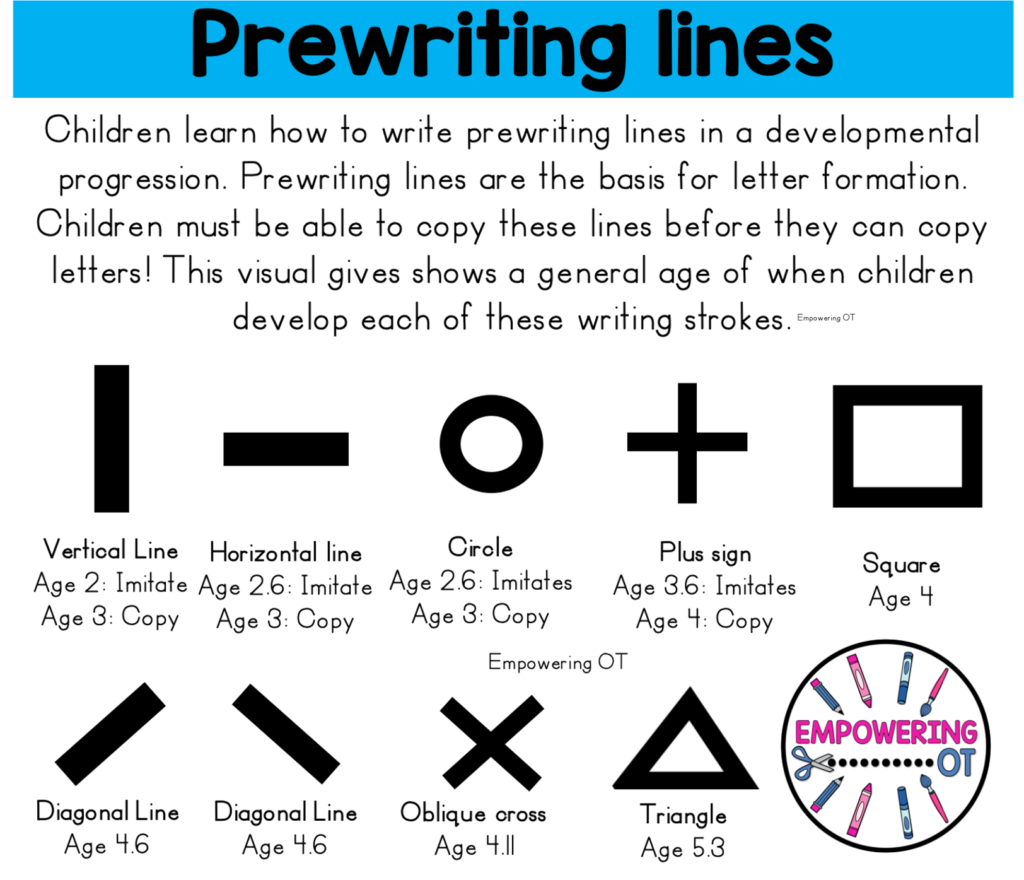 Note on norms: When a child imitates prewriting lines, this means that an adult draws the prewriting line first and then, the student copies the lines.
Note on norms: When a child imitates prewriting lines, this means that an adult draws the prewriting line first and then, the student copies the lines.
What can impact prewriting lines?
There are many fine motor, visual perceptual and visual motor skills that may impact prewriting lines and shapes. These questions are examples of things you may notice when looking at prewriting lines and shapes.
- Strength: Can students use their core strength to sit up tall? Do students have enough strength to hold a pencil or crayon? Do students have enough strength to control their arm/wrist/hand movements?
- In hand manipulation: If holding a pencil or crayon, can the student adjust the writing tool using their fingers?
- Crossing midline: Can students cross from one side of the body to the other? If not, students may not be able to draw shapes or lines that include diagonals. They may get stuck when trying to draw a line across the paper.
- Bilateral coordination: Can the student use both hands together? Can the student stabilize their paper when writing? Can the student perform one action with one hand and a different action with the other hand?
- Separation of two sides of the hand: Can the student isolate their index finger to trace lines? Can the student isolate their thumb/index and middle finger while closing their pinky/ring fingers?
- Visual perceptual skills: Can the student recognize the shape as the shape (ie: circle is a circle)? Does the student use functional tracking patterns to look from left to right? Can the student identify when lines are going across or up/down?

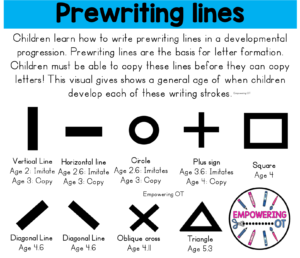
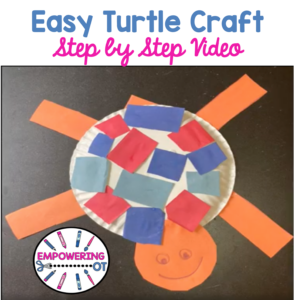
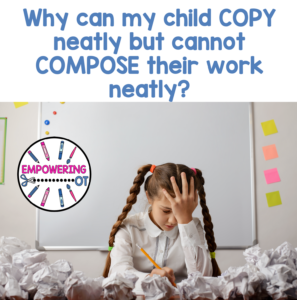
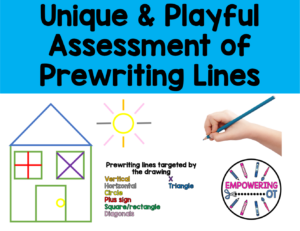

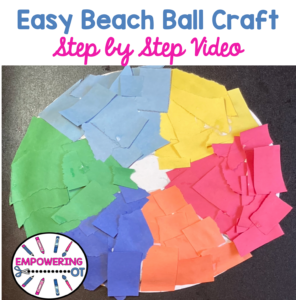
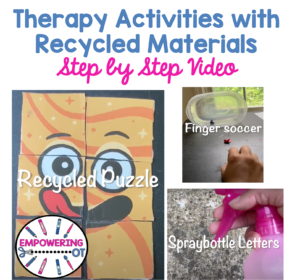
3 Comments